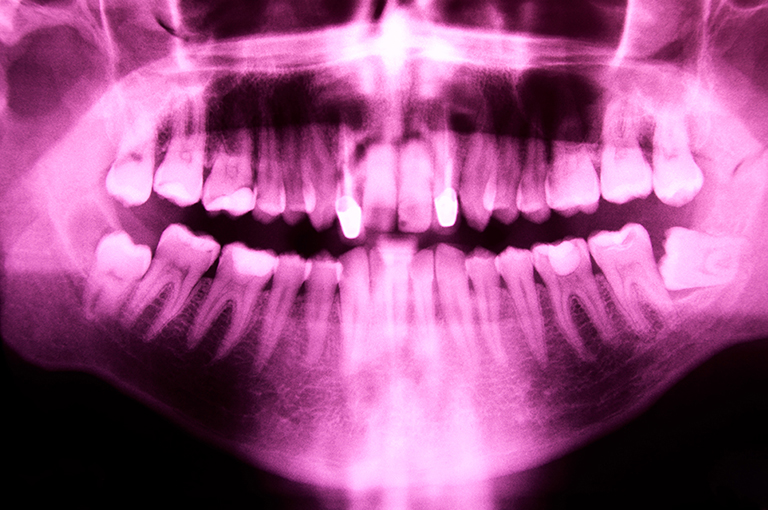Basic therapy associated with periodontal treatment

Today, cosmetic dentistry is the focus of most procedures offered by professionals and is much more requested by patients. However, in many cases periodontal control has its real importance neglected. In this article, we will address the importance of basic therapy because there is no aesthetic procedure without an appropriate gingival framework.
A healthy relationship with the patient should be your main goal
Basic therapy is through pre-treatment care and relationship with the patient. However skilled and current the dental procedures and professional preparation may be, there must be clear and precise communication with the patient. After this contact, he will be committed to adhering to the care needed for a healthy periodontium. Therefore, it is important to motivate the patient and encourage them to take the necessary care, explaining the inflammatory process, evolution of gum disease, risk factors, techniques and frequency of oral hygiene. Fixing the importance of maintaining and controlling good oral health will make him understand his responsibility in the process. Patient motivation is centered on three aspects:
- Confidence: Work your patient's trust! It will be necessary for you to be able to perform your work.
- Information: Provide the patient with all information about the procedure in an accessible, easy to understand manner. In cases of gum inflammation, it can be a little daunting for the patient! Therefore, explain clearly and most importantly: keep calm!
- Motricity: the patient must be able to perform brushing correctly. So, explain how the custom brushing will be done! If you use a combination of plaque control medications, make it clear why this is important! Only then will it be possible to decrease the inflammatory process.
Diagnosis and Treatment
One of the first factors to be analyzed is the presence of dental biofilm, which besides causing caries, induces periodontitis, this with its specific pathogens.
In the case of periodontal disease, the diagnosis is made after gathering data obtained during a complete clinical examination and complemented by radiographic examinations. In addition to detecting the presence of biofilm, the professional should realize the following factors:
- Presence or absence of clinical signs of inflammation, such as bleeding after probing;
- Drilling depth;
- Extension and configuration of loss of clinical and bone insertion;
- Experiences reported by the patient regarding medical and dental interventions;
- Presence or absence of other signs or symptoms, including pain, ulceration and amount of plaque and calculus.
These procedures are necessary so that you can establish the correct treatment for each case.
Next steps of the process
After anamnesis, clinical examination (visual, probing) and the aid of imaging methods determine the source of the problem. The case is demonstrated to the patient and removal of plaque retentive factors is initiated in order to achieve mechanical control of the dental biofilm. Factors that may retain plaque include caries lesions, root remnants, restorations and poorly adapted prostheses. However, these causes are not necessarily responsible for the onset of the disease.
Gingival bleeding can often disrupt oral hygiene due to the patient having a sensation of abnormality and pain. The most observed retentive factor is dental calculus, which must be mechanically removed by the supragingival or subgingival scraping procedure, associated with a correct adequacy of the oral environment. This eliminates all plaque retention foci reducing the inflammation process.
Therefore, the need for intervention of the mechanically acting professional in the removal of the dental biofilm is essential. Instructing and motivating the patient for proper hygiene is also critical in order to achieve good gum health and adequate periodontal support.
Thus, performing a sequence of aesthetic procedures, when necessary, will be safer and longer lasting. Not forgetting the basic therapy initiatives for the success of any treatment.
Rafael Amado: Graduated from the School of Dentistry of Campos / RJ | Specialization and Master in Dentistry - SLMandic / SP. Teacher and Speaker. Instagram: @ dr.rafa_amado
Source: Blog Dental Cremer. Available at: https://blog.dentalcremer.com.br/terapia-basica-associada-ao-tratamento-periodontal/. Access on: 06/29/2020.
Image: viledevil, de envatoelements
